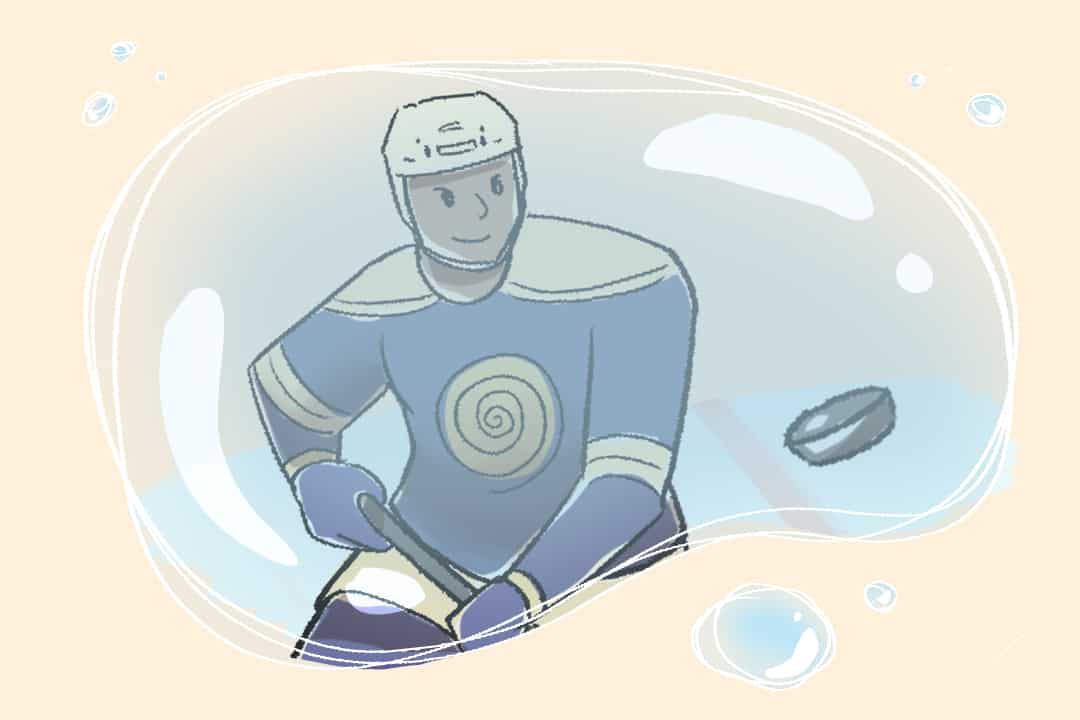Professional sports leagues have seemed to be at the forefront of COVID-19 news since the beginning. The Utah Jazz centre Rudy Gobert’s positive COVID-19 test was the spark that brought American sports leagues to a screeching halt, and the hole left by that absence was what first hammered home the severity of COVID-19 to many people in North America.
We wondered for months about the return of sports. How? When? And on our darker days, if? That’s what makes the NBA and NHL bubbles such an achievement.
In a nutshell, each league picked a neutral site where teams can stay and complete their playoffs. Everybody inside the bubble is tested daily. The bubbles offer amenities like golf and movies; players and staff are allowed to leave the bubble with authorization, but then they have to quarantine when they return.
When the world first heard about the bubble format, there were more than a few skeptics. Some worried about the morality of testing athletes daily while average citizens struggle to get tested at all. Some thought that bunching athletes together would spread the virus throughout the leagues. Others worried that athletes were being pushed by team owners and that returning to play was putting money above players’ health.
All of that has been put to rest.
Even the most optimistic fans could not have hoped for the bubbles to run this smoothly. Since play resumed in late July, the NBA and NHL have had a grand total of zero positive tests in the bubbles. None. The quality of play has been as strong as ever, and, ignoring some cabin fever, the players have been satisfied with their bubble’s living conditions.
You could even argue that the quality of play has improved since adopting the bubble format.
In an interview with The Varsity, William Lou, a reporter for Yahoo Sports, said that putting a halt on travelling has allowed players to be more focused. “If you remember in last year’s finals, Toronto was taking five-hour flights twice a week to go play Golden State. Now, we’re getting our guys at their best.”
But now comes an even trickier question. What do we do about next season?
Basketball and hockey were relatively fortunate in that they had nearly completed their season. This allows them to pick up where they left off and complete their playoffs in a short-term bubble. However, when it comes to a full regular season, you can’t expect players to want to live away from their families for six to eight months.
We’ve already seen with the MLB how returning to a regular season complete with travel and outside exposure can bring down entire teams from within. The NFL, too, plans to resume normal play despite having many of its teams in the most infected parts of the US.
So what do we do?
Well, first we wait.
Basketball and hockey both plan to postpone the 2020–2021 season at least until late December. This is partially to give their players some semblance of an off-season and partially to act in accordance with the ever-evolving pandemic guidelines. Hopefully, we’ll have made strides toward a COVID-19-free world during those months.
At U of T, we have a similar dilemma when it comes to the return of our beloved Blues. This past June, the Canadian Collegiate Athletic Association (CCAA) cancelled all of its 2020 fall sports championships.
It’s a bummer, but it’s the right call.
When sports inevitably resume, it may be worth following in the footsteps of the pros. The CCAA has recommended Training Nodes when teams return. A Training Node is a bit like a dulled-down version of the bubble: players and coaches try to avoid socializing with others outside their node but don’t live together.
We’re all longing for the world to return to normal, but the trick is not to overstep and end up moving in the wrong direction. If, for the near future, these bubbles are the key to safe sports, then they’re not just the right decision, they’re the only decision.
Here’s to hoping things outside the bubble become safe enough for the Blues to come back, but for now, we’ll have to sit tight and watch those old heads in the NBA and NHL go at it.
Stay strong U of T.


